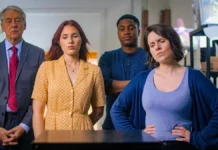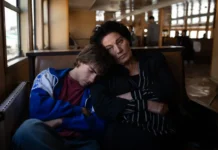It’s pretty crazy to think that Steven Spielberg’s Minority Report is over twenty years old. Although, there are certain giveaways that it isn’t super recent, it’s still incredible how well the film still holds up. It’s testament to Spielberg’s skill as a director, and shouldn’t come as a surprise, considering that Jurassic Park actually looks far better than Jurassic World.
Spielberg’s special effects
However, even Spielberg has made films since that have failed to match the standard set by these two films. Ready Player One was an entertaining affair but the fact that a large portion of it is predominantly CGI makes it feel seemingly absent of a soul, and the less said about Indiana Jones and the Kingdom of the Crystal Skull the better.
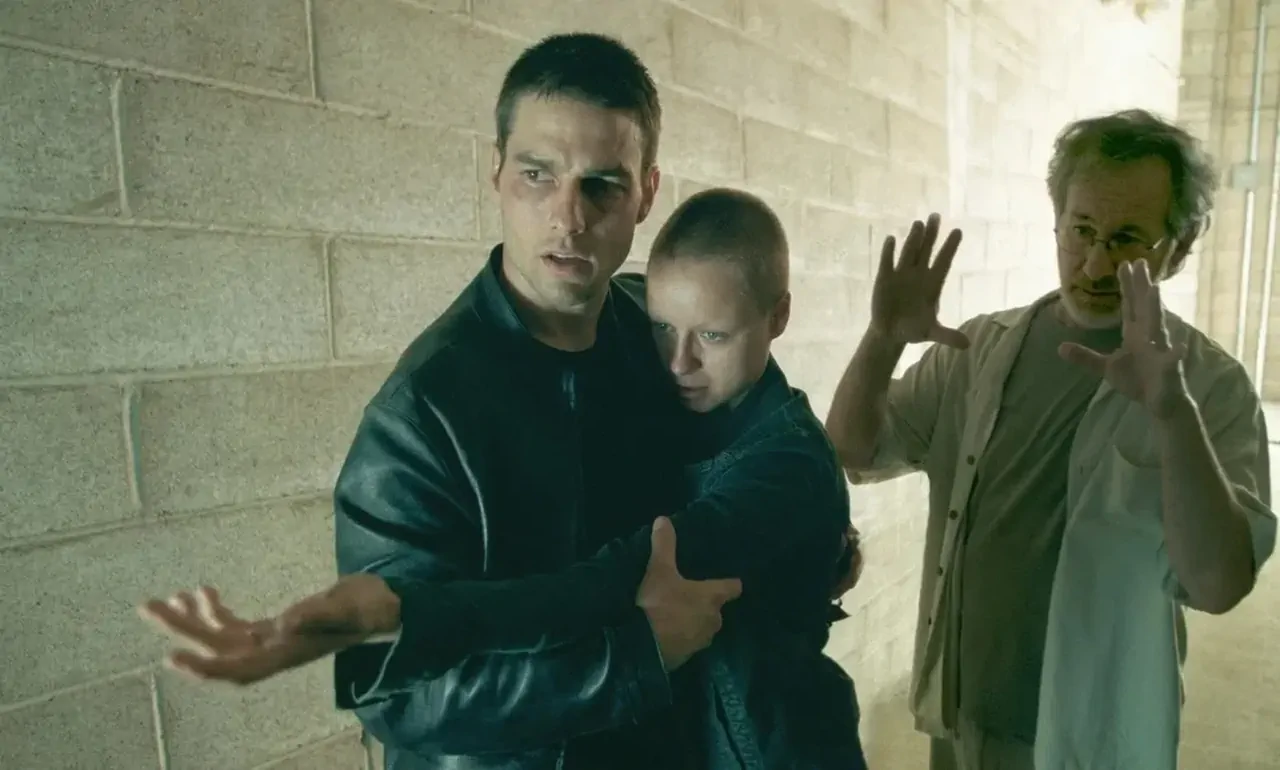
Whereas in Minority Report and his War of the Worlds remake the special effects work because he successfully blends them almost seamlessly with the actors and real locations. This is crucially important in a film such as Minority Report because there are a lot of Sci Fi elements that the audience have to believe and invest with.
Science Fiction or Fact?
As each year goes past, we draw nearer to the 2054 date the film is set in, and the viewer has to suspend that belief a little bit more. Surprisingly though, there are a number of concepts introduced that aren’t that far off what we have now, some that are already in existence.
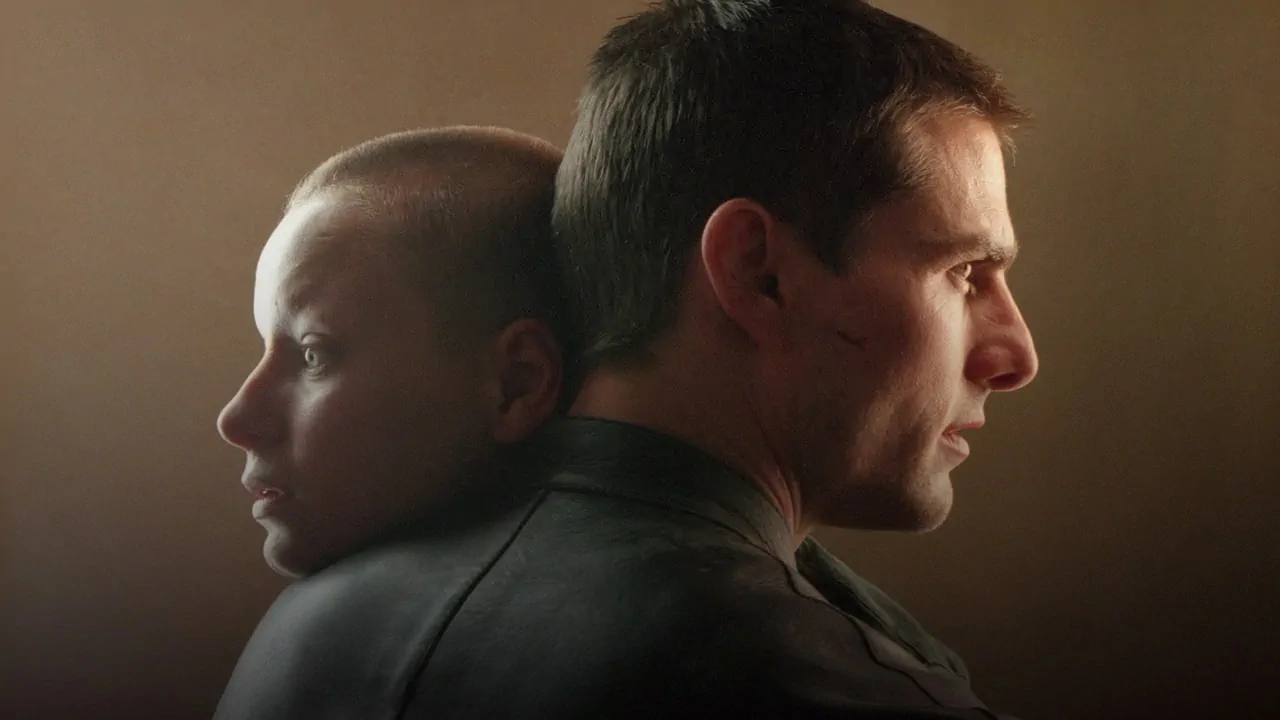
Yes, we may not have police with jetpacks but we do have touch and swipe screens, and although pre crime doesn’t exist we do have prototype surveillance cameras that are set up to monitor areas where crimes are likely to take place.
The world of Minority Report

However, this isn’t the only reason that the world of Minority Report feels authentic. It’s also due to the way Spielberg visually presents it. While there are areas and locations that appear new and futuristic, there are also an awful lot that are grimy, dark and run down. Ridley Scott achieves the same thing in Blade Runner, by creating a world that feels lived in. The only difference is the way it’s presented.
The importance of lighting
With Scott, he makes a deliberate choice to shoot everything in the style of a film noir. A lot of the sequences are shot at night and the neon lighting in the scenes further accentuates the darkness and shadows, as opposed to illuminating them.

Spielberg on the other hand opts for a heavy use of bright lighting, so much so that a great deal of the shots are over exposed.
The brightness would run the risk of making everything look too clean and slick but the over exposure makes it look slightly grainy, raw and unpolished. This instantly makes it feel more lived in because there isn’t that glossy sheen on everything, which is a common attribute of Sci Fi films. Phillip K. Dick has always written futuristic stories that are very much grounded in a real and relatable world, and Spielberg effectively conveys that in his adaption.
Creating a surreal atmosphere
The over exposure and soft lighting also has a second benefit of creating a slightly surreal and eerie atmosphere to Minority Report. While there are many aspects that are grounded, there are also fantastical elements.
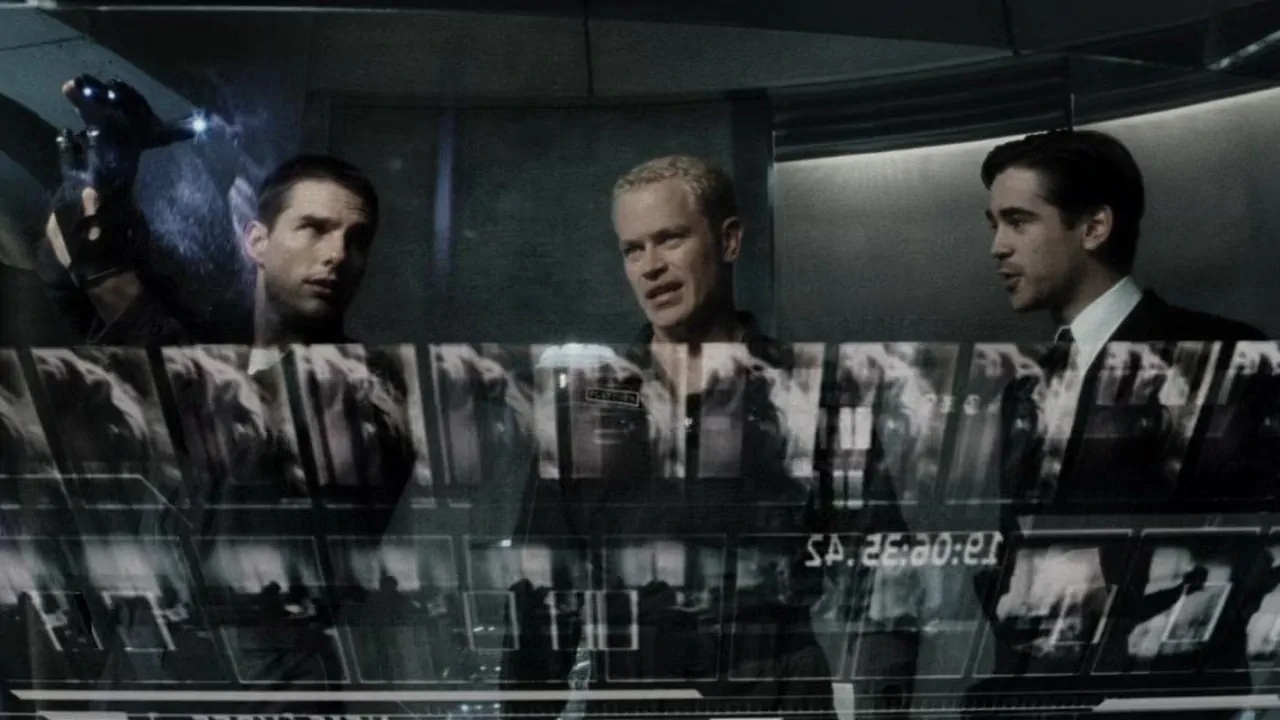
The main one being the three precogs who possess the ability to see into the future of upcoming crimes. When these murderous visions are shown they have a distinctly nightmarish quality to them.
Spielberg combines this with a number of classic extreme close ups to create a real surreal vibe and intensity to the scenes. Throw into the mix that John is a drug addict, plagued by memories of his deceased son and you are left with a Sci Film that isn’t afraid to dip its toe into the strange and bizarre.

This is what really sets this film apart. I once again compare the film to Blade Runner. Not just because they are both Phillip K. Dick adaptions but because Scott also manages to create an almost dream like vibe to his film.
Blade Runner does this predominantly through the score, but also through the world’s weird and wonderful characters. The same can be seen in Minority Report.
Characters
Samantha Morton plays an obviously offbeat character in the form of precog Agatha, but there is also the slightly unsettling record keeper Gideon and the truly terrifying Dr. Solomon Eddie. Furthermore they are often shot at odd angles, close up. The scene where Dr. Solomon is replacing John’s eyes feels like a scene out of a classic horror flick.

An over propensity of this would cause the film to suffer as a result but Spielberg strikes an appropriate balance. The world is still authentic enough with a sprinkling of horror and fantasy to make it stand out.
The morality of it all
When people talk about Spielberg films they often focus on the incredible spectacle he delivers, be it Sci Fi, Action or Historical Fiction. Minority Report has that in buckets but underlying that is an interesting question on moral ethics. This is mainly exhibited through the character of Danny Witwer, played excellently by Colin Farrell.
Watch Minority Report Clip – “Lamar Murders Danny” (2002)
As the investigating FBI officer, he questions the ethics of the precog system, challenging whether it is really possible to predict murders before they happen. As surely the future is subject to change. Can a person truly be found guilty if they haven’t committed murder yet, even if they’re intention was to do so?
It elevates the film beyond just being a straightforward ‘good guy trying to expose the truth while being pursued by the police’. Furthermore, it is morally dubious whether protagonist John is strictly a good guy.

He’s a drug addict and although good at his job, is definitely starting to show cracks under the surface. He also sees a vision of his own future where he kills another man.
Role reversal
By including this idea it not only provides for a more interesting Sci Fi action flick, but fleshes out the main characters. It’s refreshing to see Cruise play a character who isn’t your stereotypical dashing hero.

Likewise Farrell avoids being a cliché villain. Although Danny has beef with John, he clearly wants to do the right thing i.e. his job.
Hybridizing Genres
There’s an awful lot of different styles going on in Minority Report. It’s predominantly Dystopian Science Fiction but there is also action, horror, thriller and even a bit of comedy. This does run the risk of making the film overinflated but Spielberg balances the tone accordingly.
He showcases his talent for blending genres in the same way he achieves success in Jurassic Park, Jaws and the earlier Indiana Jones films. Thankfully he doesn’t ruin this by introducing aliens in the third act like in Artificial Intelligence.
Pacing
Part of this comes down to pacing and part of it comes down to the way the sequences are filmed. Minority Report clocks in at almost two and a half hours which seems like a long time, but it’s one of the film’s best aspects.
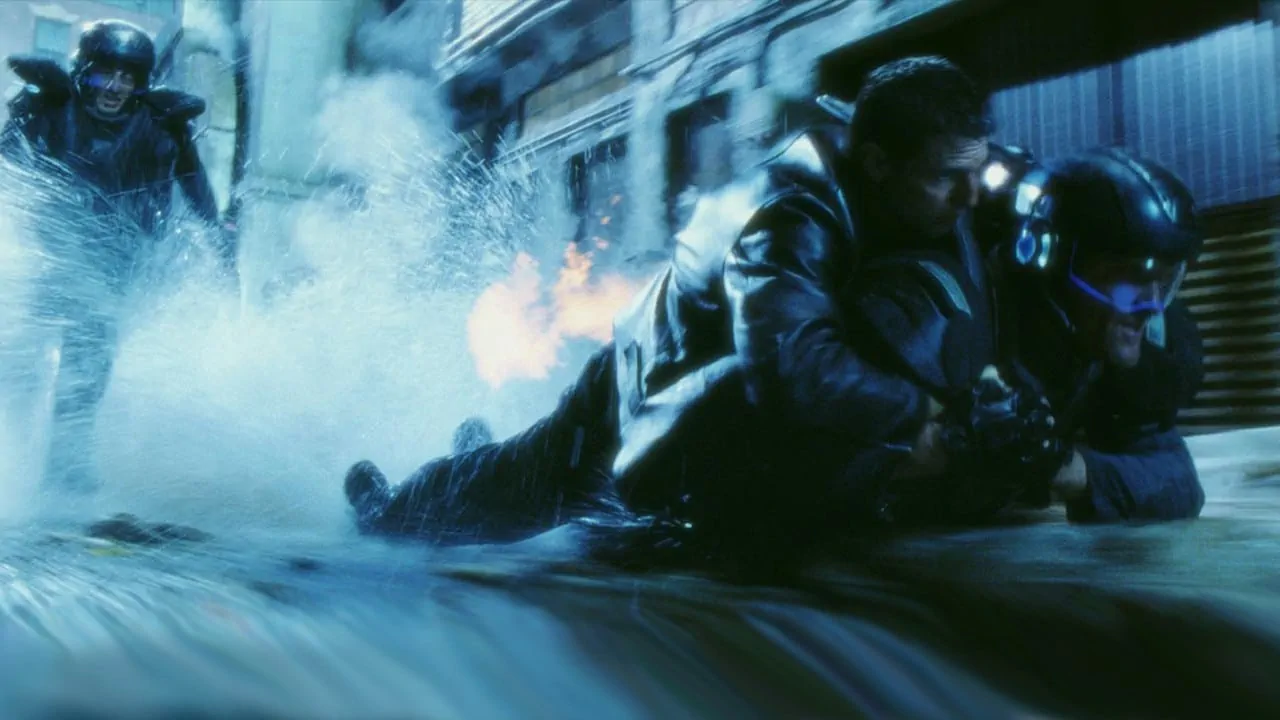
It begins with an intense start, as we see a vision of a future murder and then witness John and the precog unit rush to prevent it. It immediately hooks the attention of the viewer, investing them in the action and drama from the outset.
Instead of continuing at this frantic speed, the film slows down after the opening. This allows for a certain amount of world, narrative and charact

er development. Then things start to ramp up again, as John is forced to go on the run from his own Precog team and the FBI. Then when necessary the action lets up, to allow for the horror and thriller elements room to stretch their legs.
A good amount of time is dedicated to John having his eyes replaced, and then the iconic bathtub scene with the spider robots. This scene is appropriately paced, building up the tension and suspense, matching the action in terms of intensity, just in another way. There are also a number of interesting crime thriller scenes such as John investigating the records hall and visiting Iris in her greenhouse.
Watch Minority Report Clip – “Spider Robots” (2002)
One interesting thing to note with Minority Report is Spielberg’s occasional alterations to the pace. Often in films there is a trajectory of intense fast paced action followed by a slow dialogue sequence with necessary exposition. Spielberg does employ this method but every now and then he mixes things up by having multiple action sequences following on directly from one another.
Although most likely done to add to the spectacle of the piece, it does also achieve a degree of realism. After all John is on the run from the authorities and they are relentless in their search for them. Other examples such as The Bourne and John Wick films employ this method.
Close ups
Spielberg’s confidence as a director shows through the way his films are captured with cameras. Whereas a lot of directors would play it safe and stick to mainly wide and mid shots, Spielberg gets up close and personal. This is apparent from the start of Minority Report.
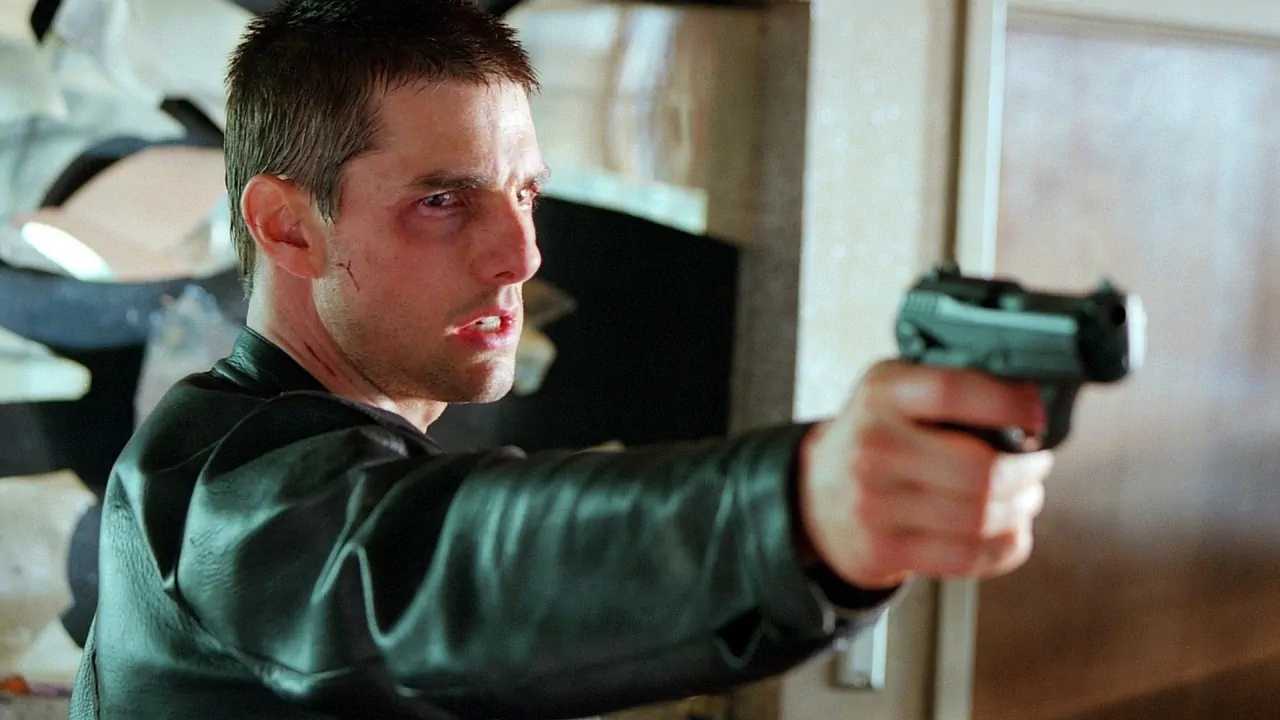
It works for a number of reasons but especially the horror and thriller aspects. It makes it all the more impacting and immersive seeing a character’s face up close as they are in peril, or a close up shot of a glinting knife.
The Final Report
Revisiting Minority Report, it’s clearly apparent that this film still holds up and will likely stand the test of time due to a number of contributing factors I’ve outlined. While some of the special effects give away when the film was made, they’re use is quite minimal and blended well enough with real, grounded locations and sets that it isn’t glaringly obvious.
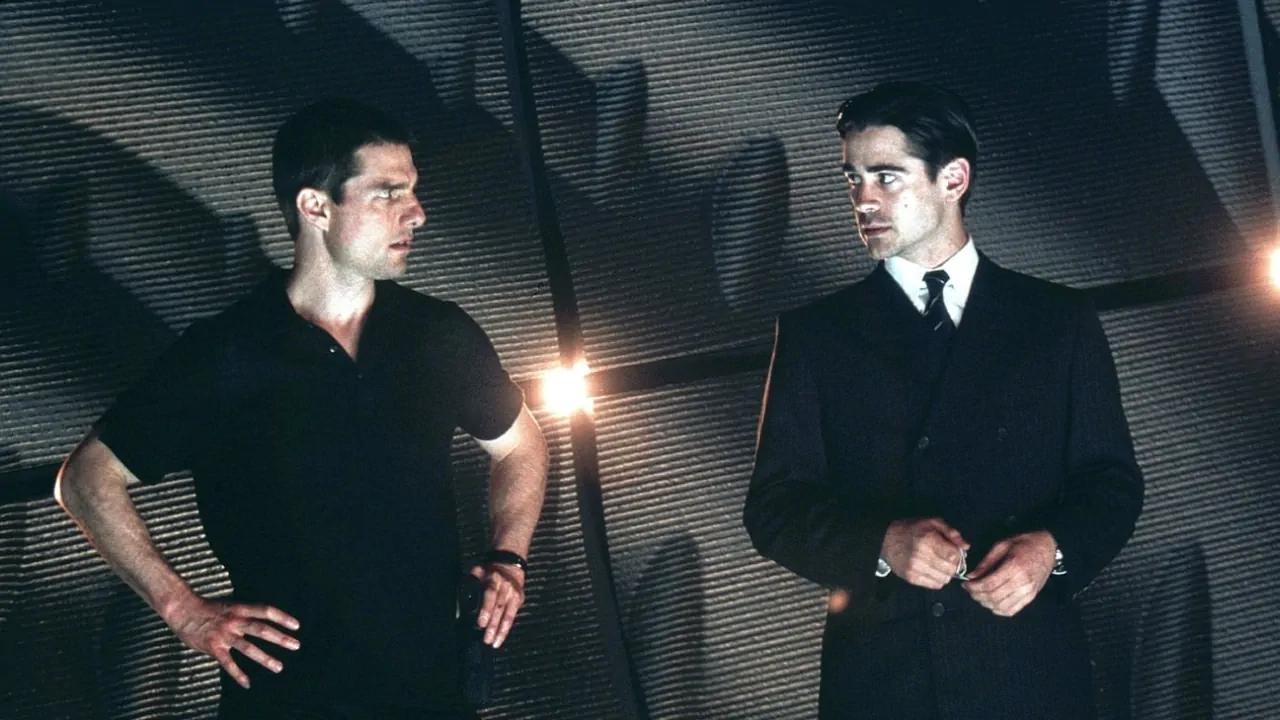
Like all good films what really makes this a timeless classic is it’s solid writing, fantastic direction, stellar performances, perfect pacing and a fascinating original concept at it’s heart. I think what I find so interesting about the film is how it’s simultaneously the most Spielberg and non Spielberg film.
The action, direction, cast and special effects are signature Spielberg, but Phillip K. Dick’s kooky influence looms large, and the more experimental concepts and creative choices make the film stand out just that little bit more.
(Written by Dan Ashby)


















